×
![]()
pw-myciel4: Instance-to-Instance Comparison Results
| Type: | Instance |
| Submitter: | Arie Koster |
| Description: | Model to compute the pathwidth of Mycielski-4 instance from DIMACS graph coloring database |
| MIPLIB Entry |
Parent Instance (pw-myciel4)
All other instances below were be compared against this "query" instance.  |
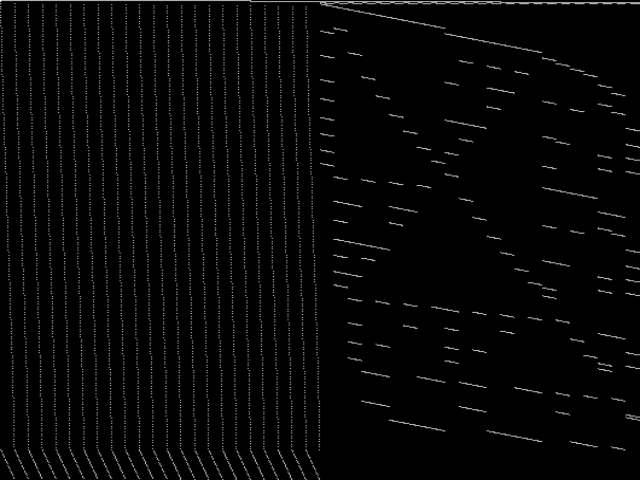 |
 |
 |
 |
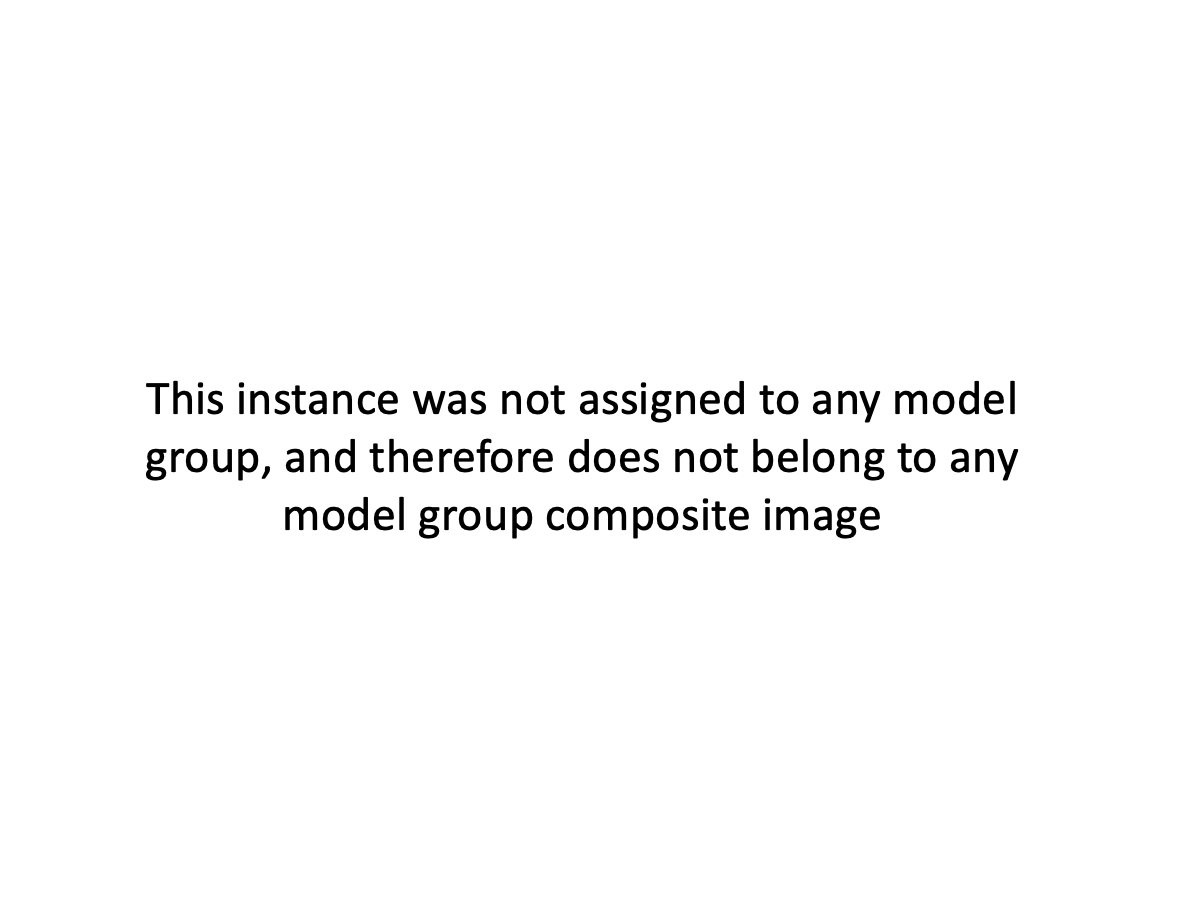 |
|
Raw
This is the CCM image before the decomposition procedure has been applied.
|
Decomposed
This is the CCM image after a decomposition procedure has been applied. This is the image used by the MIC's image-based comparisons for this query instance.
|
Composite of MIC Top 5
Composite of the five decomposed CCM images from the MIC Top 5.
|
Composite of MIPLIB Top 5
Composite of the five decomposed CCM images from the MIPLIB Top 5.
|
Model Group Composite Image
Composite of the decomposed CCM images for every instance in the same model group as this query.
|
MIC Top 5 Instances
These are the 5 decomposed CCM images that are most similar to decomposed CCM image for the the query instance, according to the ISS metric.  |
Decomposed
These decomposed images were created by GCG.
|
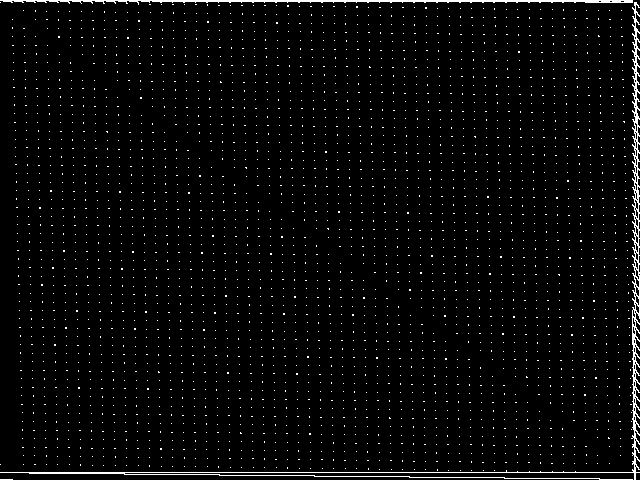 |
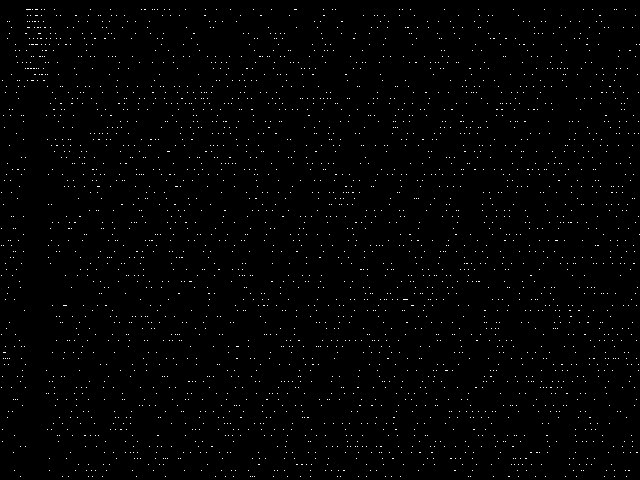 |
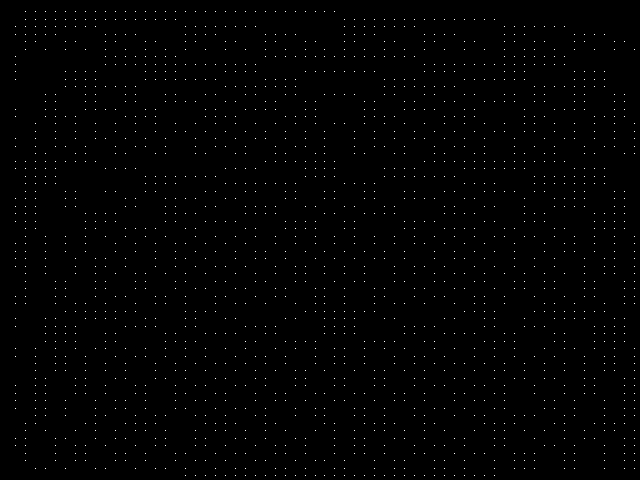 |
 |
 |
| Name | neos-5189128-totara [MIPLIB] | f2gap801600 [MIPLIB] | neos5 [MIPLIB] | mod010 [MIPLIB] | eil33-2 [MIPLIB] | |
|
Rank / ISS
The image-based structural similarity (ISS) metric measures the Euclidean distance between the image-based feature vectors for the query instance and all other instances. A smaller ISS value indicates greater similarity.
|
1 / 0.873 | 2 / 0.875 | 3 / 0.882 | 4 / 0.941 | 5 / 0.953 | |
|
Raw
These images represent the CCM images in their raw forms (before any decomposition was applied) for the MIC top 5.
|
 |
 |
 |
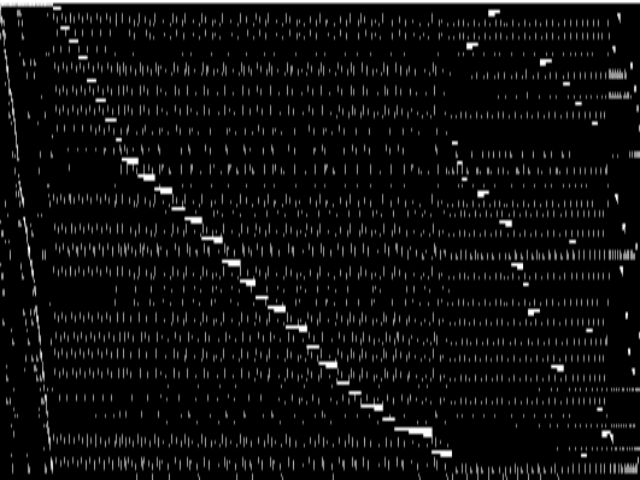 |
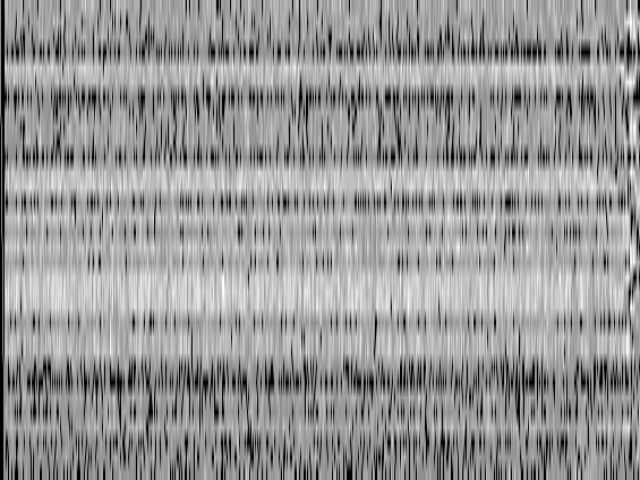 |
MIPLIB Top 5 Instances
These are the 5 instances that are most closely related to the query instance, according to the instance statistic-based similarity measure employed by MIPLIB 2017  |
Decomposed
These decomposed images were created by GCG.
|
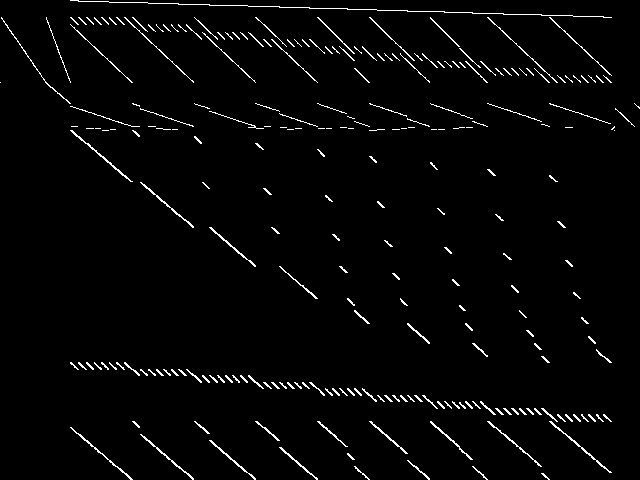 |
 |
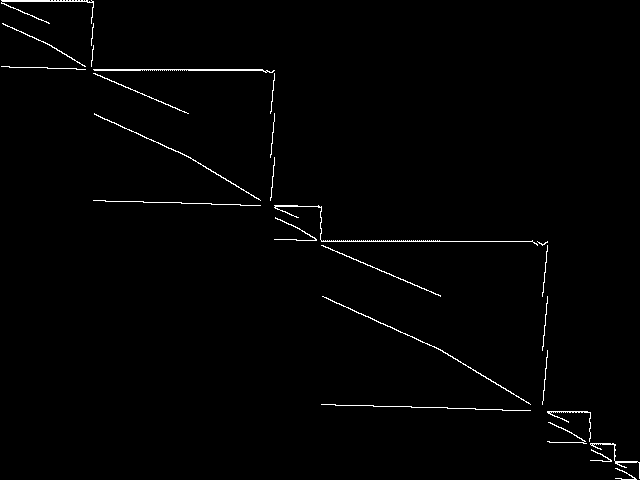 |
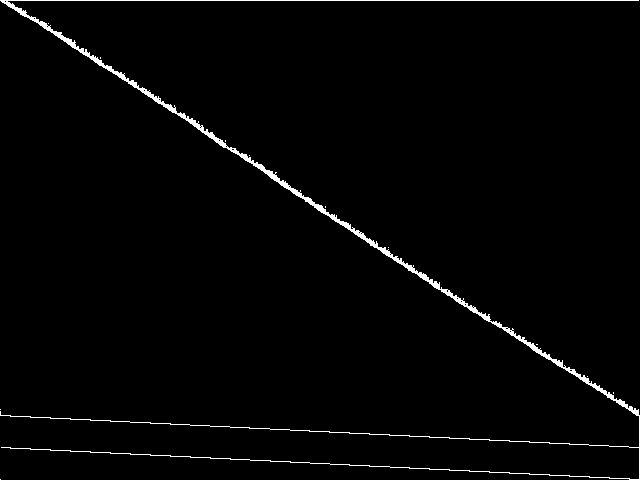 |
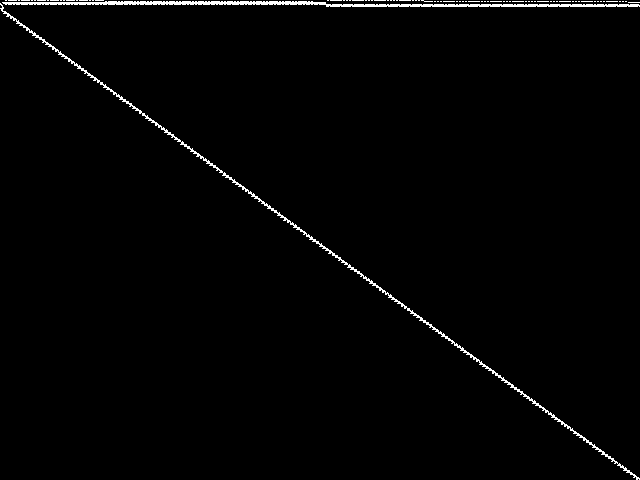 |
| Name | neos-850681 [MIPLIB] | graphdraw-gemcutter [MIPLIB] | neos-3696678-lyvia [MIPLIB] | tbfp-bigm [MIPLIB] | neos-5041756-cobark [MIPLIB] | |
|
Rank / ISS
The image-based structural similarity (ISS) metric measures the Euclidean distance between the image-based feature vectors for the query instance and all model groups. A smaller ISS value indicates greater similarity.
|
64 / 1.456 | 123 / 1.625 | 542 / 2.022 | 657 / 2.074 | 812 / 2.130 | |
|
Raw
These images represent the CCM images in their raw forms (before any decomposition was applied) for the MIPLIB top 5.
|
 |
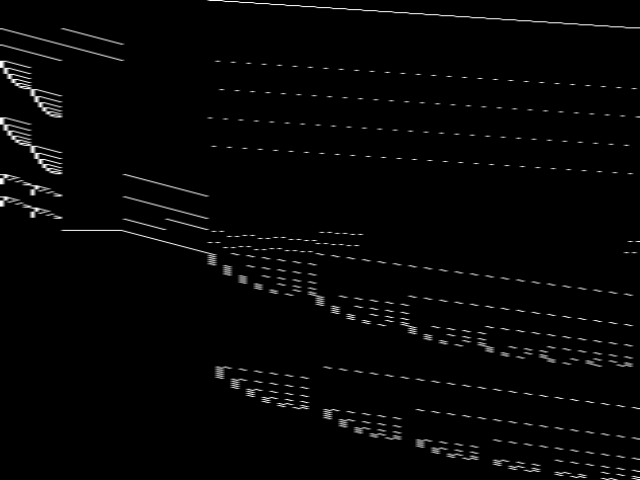 |
 |
 |
 |
Instance Summary
The table below contains summary information for pw-myciel4, the five most similar instances to pw-myciel4 according to the MIC, and the five most similar instances to pw-myciel4 according to MIPLIB 2017.
| INSTANCE | SUBMITTER | DESCRIPTION | ISS | RANK | |
|---|---|---|---|---|---|
| Parent Instance | pw-myciel4 [MIPLIB] | Arie Koster | Model to compute the pathwidth of Mycielski-4 instance from DIMACS graph coloring database | 0.000000 | - |
| MIC Top 5 | neos-5189128-totara [MIPLIB] | Hans Mittelmann | distribution of fruit | 0.872778 | 1 |
| f2gap801600 [MIPLIB] | Salim Haddadi | Restrictions of well-known hard generalized assignment problem instances (D10400,D20400,D40400,D15900,D30900,D60900,D201600,D401600,D801600) | 0.874973 | 2 | |
| neos5 [MIPLIB] | NEOS Server Submission | Imported from the MIPLIB2010 submissions. | 0.881748 | 3 | |
| mod010 [MIPLIB] | MIPLIB submission pool | Imported from the MIPLIB2010 submissions. | 0.941338 | 4 | |
| eil33-2 [MIPLIB] | J. Linderoth | Set partitioning problem approximation for capicated vehicle routing problem instance from TSPLIB | 0.953015 | 5 | |
| MIPLIB Top 5 | neos-850681 [MIPLIB] | NEOS Server Submission | Imported from the MIPLIB2010 submissions. | 1.455981 | 64 |
| graphdraw-gemcutter [MIPLIB] | Cézar Augusto Nascimento e Silva | In the Graph Drawing problem a set of symbols must be placed in a plane and their connections routed. The objective is to produce aesthetically pleasant, easy to read diagrams. As a primary concern one usually tries to minimize edges crossing, edges' length, waste of space and number of bents in the connections. When formulated with these constraints the problem becomes NP-Hard . In practice many additional complicating requirements can be included, such as non-uniform sizes for symbols. Thus, some heuristics such as the generalized force-direct method and Simulated Annealing have been proposed to tackle this problem. uses a grid structure to approach the Entity-Relationship (ER) drawing problem, emphasizing the differences between ER drawing and the more classical circuit drawing problems. presented different ways of producing graph layouts (e.g.: tree, orthogonal, visibility representations, hierarchic, among others) for general graphs with applications on different subjects. The ability to automatically produce high quality layouts is very important in many applications, one of these is Software Engineering: the availability of easy to understand ER diagrams, for instance, can improve the time needed for developers to master database models and increase their productivity. Our solution approach involves two phases: (\\(i\\)) firstly the optimal placement of entities is solved, i.e.: entities are positioned so as to minimize the distances between connected entities; and (\\(ii\\)) secondly, edges are routed minimizing bends and avoiding the inclusion of connectors too close. We present the model for the first phase of our problem. | 1.624999 | 123 | |
| neos-3696678-lyvia [MIPLIB] | Jeff Linderoth | (None provided) | 2.021915 | 542 | |
| tbfp-bigm [MIPLIB] | Rob Pratt | Two formulations (big-M and network-based) for traveling baseball fan problem. Uses data from 2014 Major League Baseball regular season. Paper uses 2014 data: http://support.sas.com/resources/papers/proceedings14/SAS101-2014.pdf Blog post uses 2015 data: http://blogs.sas.com/content/operations/2015/04/03/the-traveling-baseball-fan-problem/ | 2.073973 | 657 | |
| neos-5041756-cobark [MIPLIB] | Jeff Linderoth | (None provided) | 2.129713 | 812 |
pw-myciel4: Instance-to-Model Comparison Results
| Model Group Assignment from MIPLIB: | no model group assignment |
| Assigned Model Group Rank/ISS in the MIC: | N.A. / N.A. |
MIC Top 5 Model Groups
These are the 5 model group composite (MGC) images that are most similar to the decomposed CCM image for the query instance, according to the ISS metric.  |
These are model group composite (MGC) images for the MIC top 5 model groups.
|
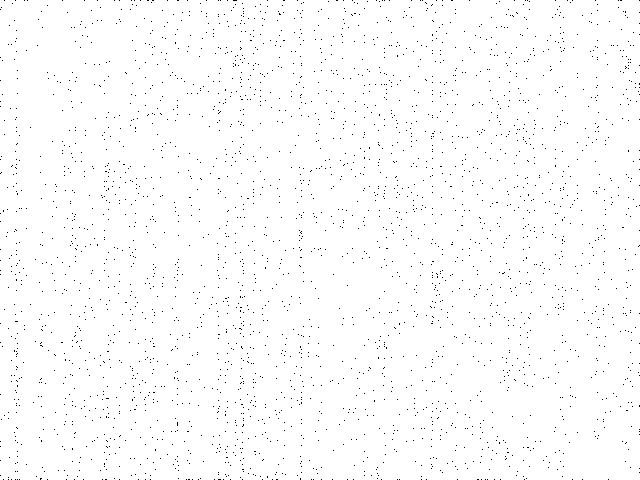 |
 |
 |
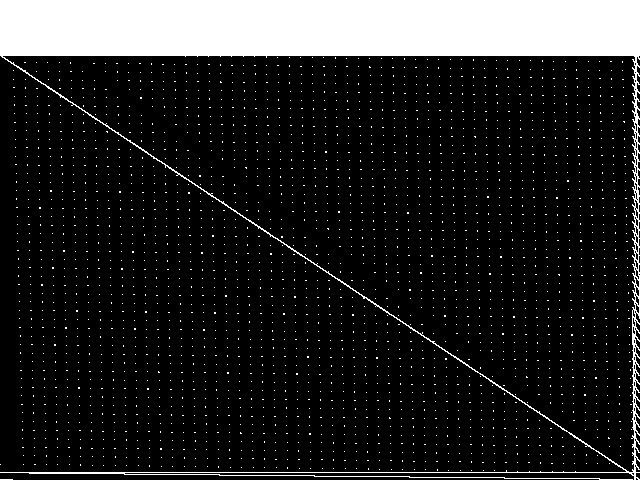 |
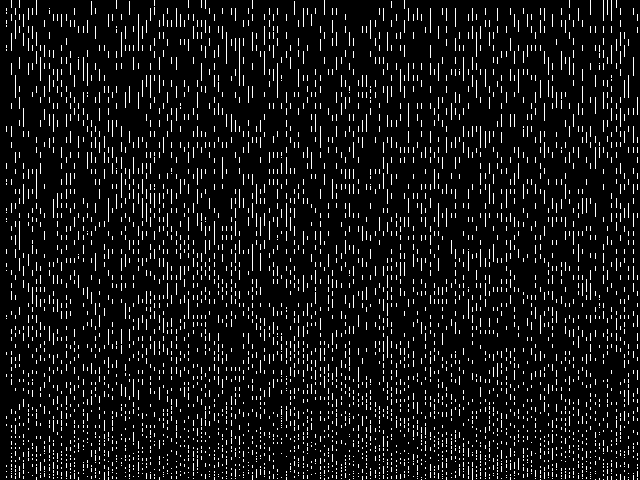 |
| Name | independentset | generated | f2gap | neos-pseudoapplication-101 | 2hopcds | |
|
Rank / ISS
The image-based structural similarity (ISS) metric measures the Euclidean distance between the image-based feature vectors for the query instance and all other instances. A smaller ISS value indicates greater similarity.
|
1 / 1.174 | 2 / 1.293 | 3 / 1.299 | 4 / 1.328 | 5 / 1.347 |
Model Group Summary
The table below contains summary information for the five most similar model groups to pw-myciel4 according to the MIC.
| MODEL GROUP | SUBMITTER | DESCRIPTION | ISS | RANK | |
|---|---|---|---|---|---|
| MIC Top 5 | independentset | Toni Sorrell | These models are based on Neil Sloane's Challenge problems: Independent Sets in Graphs. | 1.174205 | 1 |
| generated | Simon Bowly | Randomly generated integer and binary programming models. These results are part of an early phase of work aimed at generating diverse and challenging MIP models for experimental testing. We have aimed to produce small integer and binary programming models which are reasonably difficult to solve and have varied structure, eliciting a range of behaviour in state of the art algorithms. | 1.293349 | 2 | |
| f2gap | Salim Haddadi | Restrictions of well-known hard generalized assignment problem models (D10400,D20400,D40400,D15900,D30900,D60900,D201600,D401600,D801600) | 1.298826 | 3 | |
| neos-pseudoapplication-101 | NEOS Server Submission | Model coming from the NEOS Server with unknown application. Infeasibility claimed by CPLEX 12.6 and CPLEX 12.6.1 with extreme numerical caution emphasi after 4 and 2 hours computation, respectively. | 1.327843 | 4 | |
| 2hopcds | Austin Buchanan | A problem in wireless networks. The objective is to select a minimum number of relay nodes so that any two nonadjacent nodes can communicate by way of the chosen relay nodes in at most s hops, where s is a problem input. The 2-hop case of this problem can be formulated as a set cover/hitting set problem with n binary variables and n^2 constraints: _{ k N(i) N(j) } x_k 1 for nonadjacent node pairs {i,j}. Despite the formulation's simplicity, models with as few as 120 variables are left unsolved after one hour using Gurobi 7.0.2. | 1.346871 | 5 |

